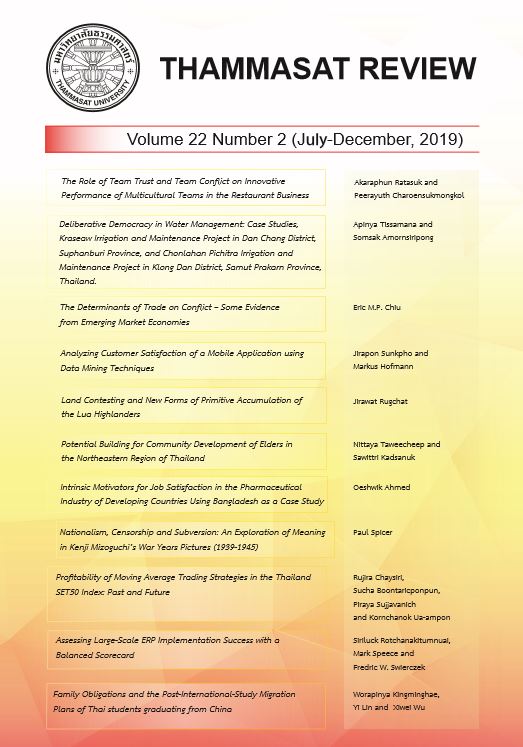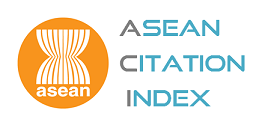Nationalism, Censorship and Subversion: An Exploration of Meaning in Kenji Mizoguchi’s War Years Pictures (1939-1945)
Keywords:
Kenji Mizoguchi, Japanese Cinema, Censorship, Nationalism, Film HistoryAbstract
The late-1930s, early-1940s was a time of great political upheaval and social change in Japan. Increasing military influence on domestic policy and a focus upon nationalistic thought had a profound effect on the social role of cinema and the creative freedoms of film-makers. Even as a recognised director, Kenji Mizoguchi did not escape these strictures.
This paper will analyse three key elements that had a profound effect on both Japanese cinema and Mizoguchi’s film style, during this period. Firstly, it will analyse this period in terms of politics and the rise of nationalism in a socio/political context. Secondly, I shall examine how cinema was subject to strict censorship, and how Mizoguchi responded to this. Lastly, the paper will explore both Mizoguchi’s personal, and professional position during this period in which the director worked.
Mizoguchi’s film style changed quite dramatically during this time, and here there are questions to be considered. Did the director have to develop a film style which embraced a more Japanese aesthetic at the level of mise en scène? If so, was this a conscious decision or, one where the director instinctively resorted to motifs and modes of expression rooted deeply in traditional Japanese culture? With this in mind, and by offering a deep textual reading, two key films of this period will be considered, Genroku Chushingura (1941-1942), and Meito Bijomaru (1945). By employing a reading which is reliant upon the contemporary socio/political climate, and the influence of traditional art, will allow us to understand both the pressure, creative restriction, and the ideology of an artist working during a particularly turbulent and harrowing period of Japanese history.
Downloads
Published
How to Cite
Issue
Section
License
The opinions and ideas expressed in all submissions published in Thammasat Review are solely that of the author(s) and do not necessarily reflect that of the editors or the editorial board.
The copyright of all articles including all written content and illustrations belong to Thammasat Review. Any individuals or organisation wishing to publish, reproduce and distribute a particular manuscript must seek permission from the journal first.








